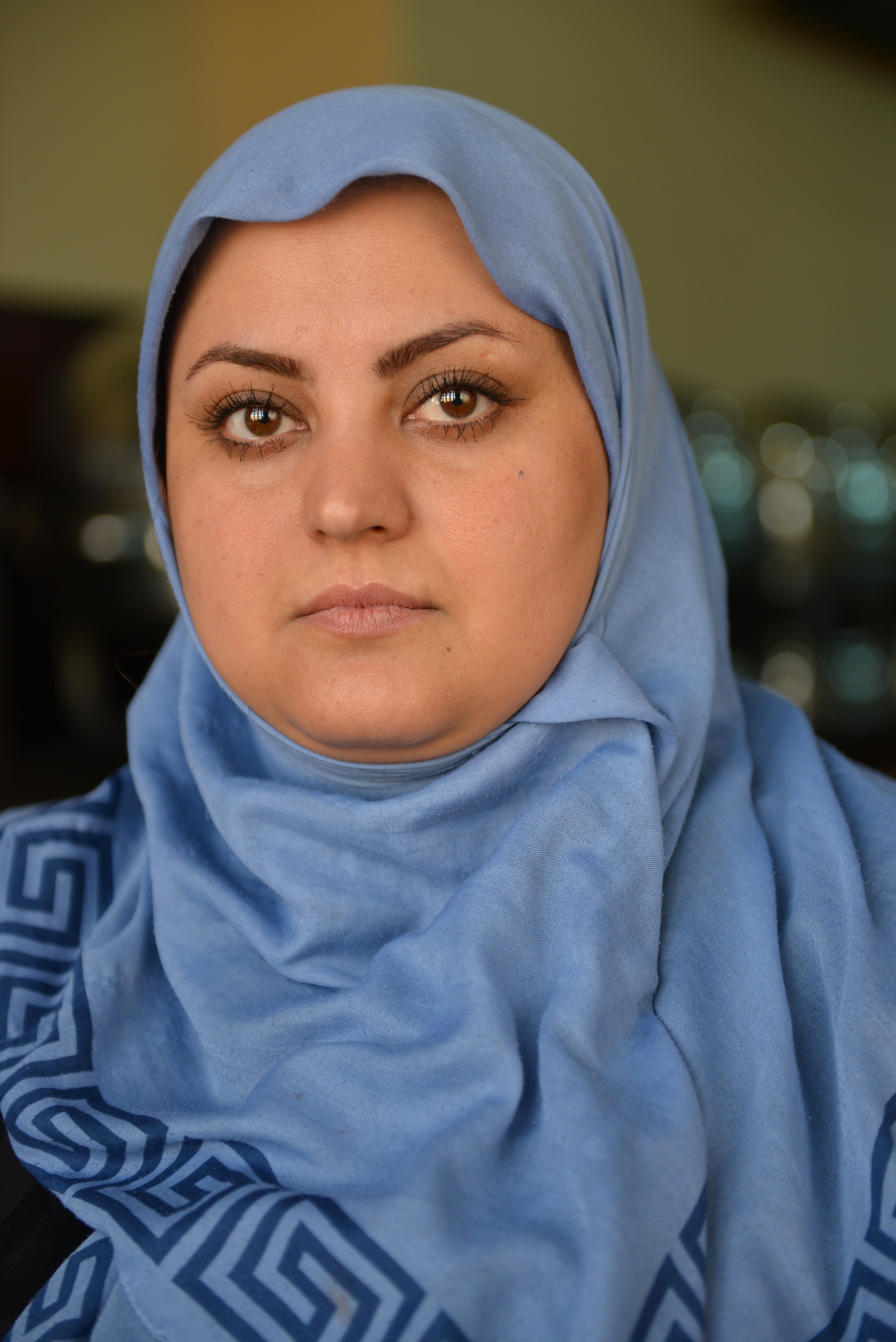Herat's hidden Jewish quarter
Thirty-six years have passed since the last Jewish community left Afghanistan for the east Mediterranean, but ongoing efforts to preserve the sites of their historic presence shows that their local heritage remains immune to modern regional tensions.
Until the mid-twentieth century, small but old Jewish communities resided in Kabul, Balkh and Herat provinces in the north. Tracing their origins back to the 18th century A.D., they also left less palpable cultural footprints in the south of the country in Ghazni, Kandahar and Zabul.
As the Safavid dynasty came to an end in Persia during the 18th century at the hands of the Afghan ruler Mahmud Shah Hotaki, Jewish communities fleeing the resulting turmoil found refuge in Herat, said Ayamuddin Ajmal, an expert on Herat history. Herat subsequently became the Afghan province with largest population of Jews.
“There are conflicts among Jews and Muslims across the world, but thirty years ago, Jews and Muslims were living side by side in peace and harmony,” Ajmal said. “They were doing business together.”
Living mostly in the old city of Mohmandha, the Herati Jews resided in a cluster of dwellings locals still refer to as “Musaeeha,” named after the Hebrew prophet Moses. They had at least four synagogues in the city, as well as a public bath house that is still in use.
Of the four synagogues, You Awe and Gul Kia were the most famous, said Zargham. The 150-year-old You Awe Synagogue is now preserved as a cultural heritage site, and was recently reconstructed with the help of Aga Khan Foundation. Of the smaller synagogues, one has been turned into a school. Two others now operate as mosques, which Islamic scholars say is acceptable because all artifacts alluding to Judaism have been removed from the sites. In addition to the four synagogues and the public bath, a Jewish shrine with Hebrew writings and stones stands intact in the south of the city.
The rise of communism in Afghanistan in the mid-twentieth century forced Afghanistan’s Jewish communities to immigrate. Many headed for Canada and newly created Israel. The rest followed in 1978, fearing pogroms at the hands of the new pro-Russian government. “After the Saur Revolution, the Jews sold their properties, but delegated their places of worship to the government of Afghanistan,” said Ajmal.
The last known surviving Afghan Jew now lives in Kabul, while others come to visit from abroad, according to Jaweed Zargham, acting director of Herat’s Provincial Department of Culture. “Last year, a Herati Jew came from Israel to visit a synagogue here. He said that he was very young when his family moved.”
After visiting the sites of Herat’s old synagogues, the lone visitor also provided the provincial cultural department with previously unknown facts about other Jewish sites in Herat. “Historical sites Jews left behind in Herat province tell many stories about the lives of Herati Jews,” said Nik Muhammad Mostamand Ghoori, acting director of Hera province’s Cultural Heritage department. While the exteriors of old Jewish houses are indistinguishable from other traditional Herati architecture, the interiors “tell the story of Jewish culture here,” Ghoori added.
For example, the two synagogues in old city of Herat house pools called “makwahs,” where Jews conducted ablutions. All synagogues in Herat have two floors, according Ghoori. On the highest floor stands the rabbi’s pulpit, facing the direction of Jerusalem. In the middle of the synagogues stands a large bed where Jewish marriage ceremonies were performed.
The You Awe Synagogue now functions as a cultural center, and gives courses in Qu’ran reading, tailoring and literacy. Along the hallway and on the walls, one can see small cubbyholes where worshippers placed their shoes before prayers. A spacious yard lined with a wall with Hebrew inscriptions flanks the building. Inside, a prominent one-meter high cement bed dominates the center of the room.
Childhood memories
 Saleema Mohammadi, the You Awe synagogue’s resident cultural liaison, leads visitors through two dark underground tunnels to reach an old, rectangular ablution pool. Until recently, a fountain had been present to fill the 10-meter-deep pool, but had since been removed to keep the pool walls dry and keep them from collapsing.
Saleema Mohammadi, the You Awe synagogue’s resident cultural liaison, leads visitors through two dark underground tunnels to reach an old, rectangular ablution pool. Until recently, a fountain had been present to fill the 10-meter-deep pool, but had since been removed to keep the pool walls dry and keep them from collapsing.
Although the Herati Jews are long gone, their neighbors still remember them. Inside the old Mosaeeha Quarter, apothecary Hafeezullah recalls spending his childhood playing alongside Jewish children, some 70 years ago. “These synagogues are a reminder of my childhood,” he said. “I am happy to still see remnants of Jewish heritage around here.”
At a nearby graveyard where generations of Jews are buried, a delegated family of Afghan caretakers continues to maintain the site despite many difficulties. Sabria, 70, who lives on the site much in the same way as her father and grandfather before her, says the cemetery stretches approximately 10 acres. The site is still privately owned by Arif Mosaee, a Herati Jewish émigré whose family is buried here.
“Back then, Mosaee delegated the responsibility for this site to my grandfather,” Sabria said. “We still take care of it.” She added that many of the graves here have collapsed, but some are still intact.
Under the Taliban regime, authorities physically assaulted Sabria and her family several times to force them off the site, but they refused to leave. “We will take care of this shrine as long as at least one member of our family is alive,” Sabria said.


